You should not use AA batteries to power LEDs. The discharge curve is steep and will vary the intensity over the battery's lifetime.
Using a resistor is not recommended for battery power either. The best battery powered source I have seen is the TI High Efficiency Single Inductor Buck-Boost Converter TPS63030DSKR made especially for this type of application.
The TPS6303x devices provide a power supply 1 • Input Voltage Range:
1.8 V to 5.5 V solution for products powered by either a two-cell or • Fixed and Adjustable Output Voltage Options from three-cell alkaline,
NiCd or NiMH battery, or a one- 1.2 V to 5.5 V cell Li-ion or
Li-polymer battery.
An On-Semi NSI45060JD LED Driver, Adjustable Constant Current Regulator, 45 V, 60 - 100 mA will keep the intensity constant.
Sometimes a current limiting resistor can be very efficient. But likely not with a 4.5V supply. If you want to go the resistor route you need to know the forward voltage of each LED. The red will be about 2V and the others about 3V. I expect the forward voltages will be lower than what is specified in the datasheet. You should measure each LED and use the measured value in the resistor calculations.
I highly doubt you will be able to run them at 350 mA due to the amount of heat generated. I am guessing less than 100 mA if all three are on at one time. You will need to test the temperature to find the practical maximum current.
If the Vf is 3.6V as specified you have a real problem. In the blue curve (equivalent to running the LEDs at 80 mA each) below your cutoff point would be at 1.2V.
Source: ENERGIZER E91 AA Datasheet
A Li-ion is generally the preferred battery for LEDs. The voltage is close to LED Vf and the discharge curve is flat keeping intensity somewhat constant. A 3.6V LED does not work well with batteries and current limiting resistor.

Panasonic Li-ion NCR18650PF Datasheet
NiMH has a flat discharge curve much better than AA.
Source: NICKEL METAL HYDRIDE Panasonic HHR120AA
Due to Photopic Luminous Efficacy (see: Relative Sensitivity Curve
for the C.I.E. Standard Observer), you will likely need to drive the red harder and blue much harder. The luminous flux (lm) in the datasheet (R 40,G 55,B 15 lm) are very good (if true) and will be fairly bright at low current (e.g. 30 mA).
There is more detail in this answer:
How to measure Alkaline battery lifetime/capacity in practice LED circuit?
Once you know your target current use a calculator to find the resistor.
I used 80 mA and the datasheet Vf.
Blue and Green

Red
Here is the characteristics of common batteries
(type=>full charge-discharged, volts difference, % difference over full charge (lower is better), typical capacity)
9V Alkaline => 9V-5V, 4V, 44%, 300 mAH
CR123A => 3V-2V, 1V, 33%, 1500 mAH
AA Alkaline => 1.2V-0.8V, 0.4V, 33%, 2800 mAH
Li-ion => 3.6V-3.2V 0.4V, 11%, 3000 mAH
NiMH => 1.3V-1.2V, 0.1V, 7%, 2300 mAH
If using current limiting resistors use the mid-point voltage of the discharge curve to calculate the value.
Compare the discharge curves
1.2V NiMH Panasonic NICKEL METAL HYDRIDE HANDBOOK
18650 LI-ion battery Panasonic Li-ion NCR18650PF
9V alkaline Energizer 9V Alkaline Battery
1.2V alkaline Energizer AA Alkaline
3V (not recommended) Energizer CR123A
The above came from another answer of mine: 9 volt battery with 4 leds
